[Our Museums] Discover wisdom of hanok at Eunpyeong History Hanok Museum
By Kim Hae-yeonPublished : Oct. 17, 2023 - 15:05
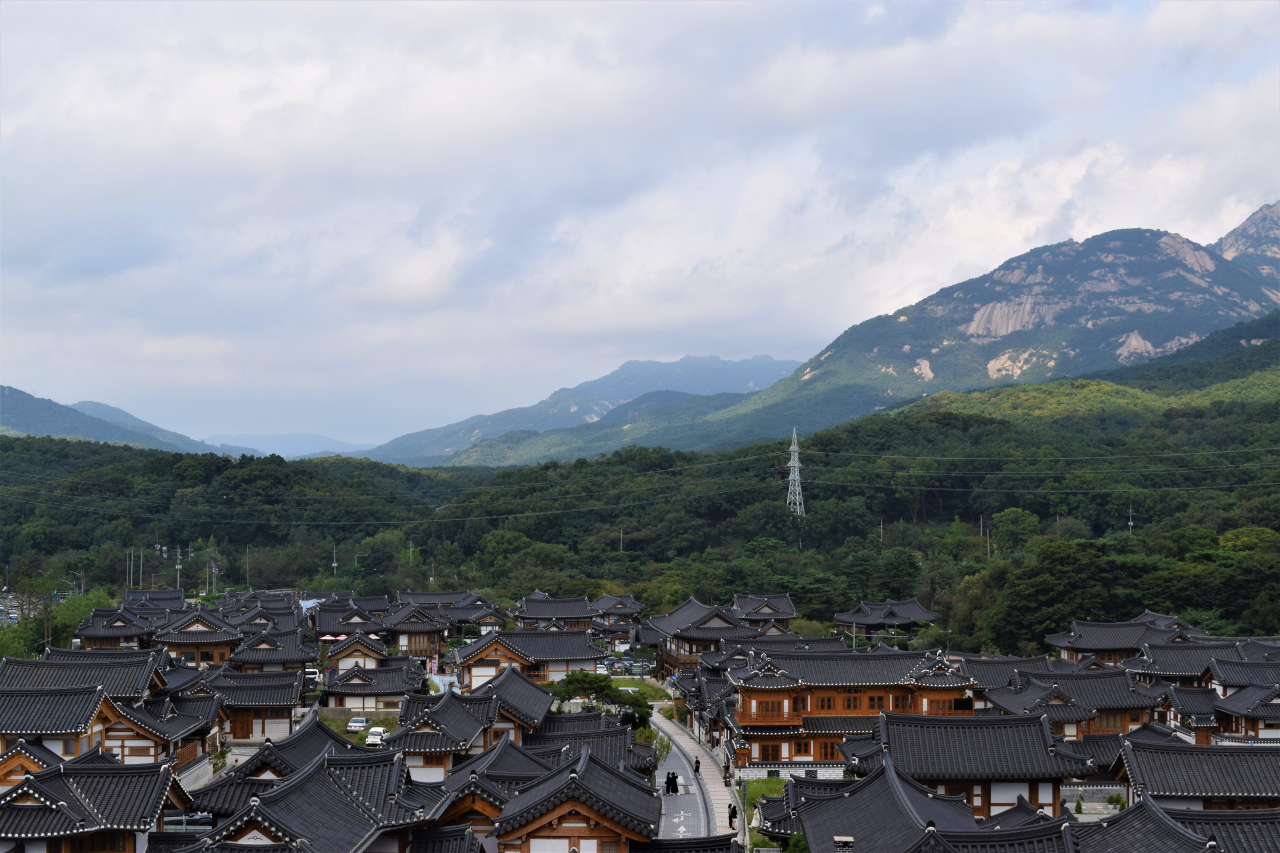
While exploring Seoul, travelers often encounter the well-known Bukchon Hanok Village, situated in the heart of the metropolis. Tucked away in the northwestern part of Seoul is another enclave of hanok, Eunpyeong Hanok Village, a hidden gem less frequented by tourists.
Nestled at the foot of Bukhansan, the village has close to 100 hanok, each showcasing the beauty of traditional Korean architecture.
Established by the Seoul Metropolitan Government in 2013, Eunpyeong Hanok Village quickly evolved into Seoul's largest neighborhood of newly built hanok.
To learn more about hanok, visitors can stop by the Eunpyeong History Hanok Museum, which offers insight into Korea's architectural heritage.
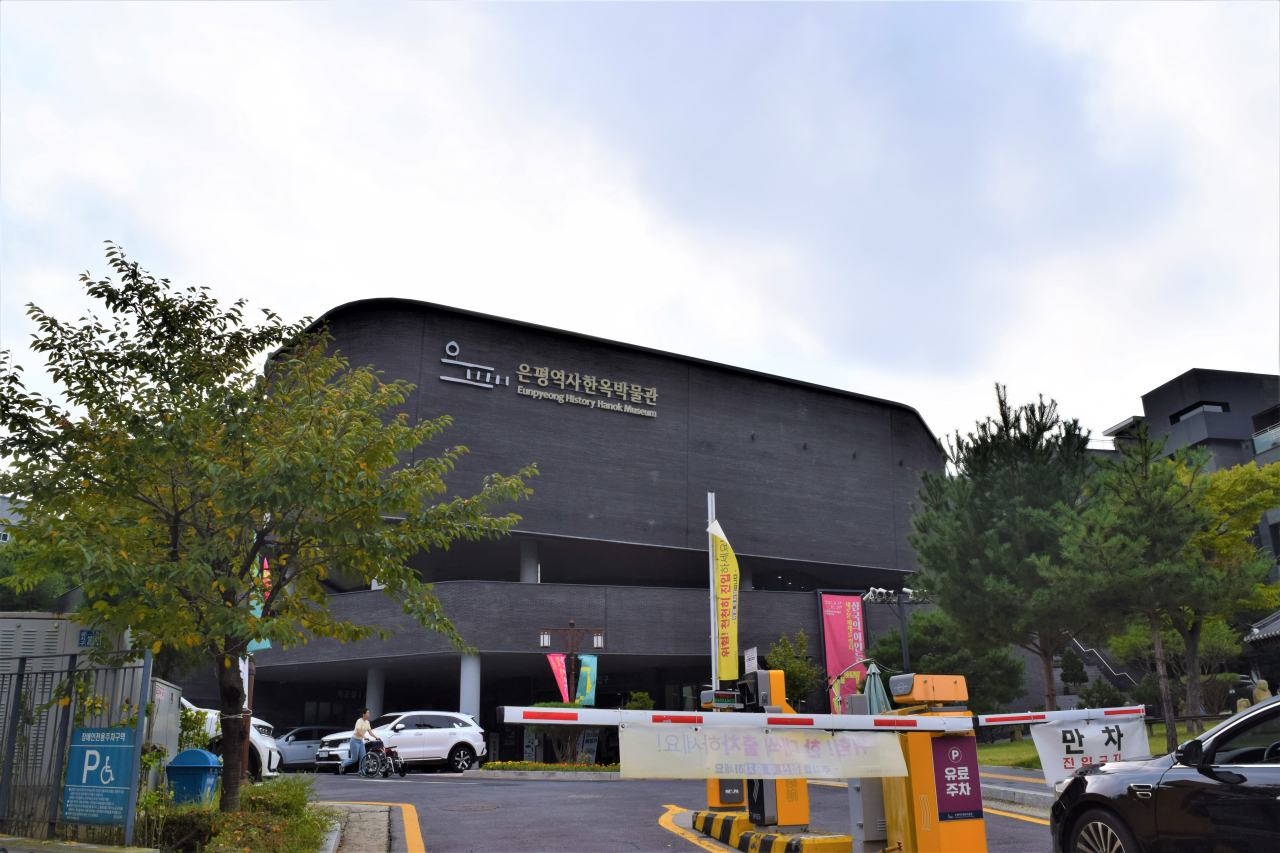
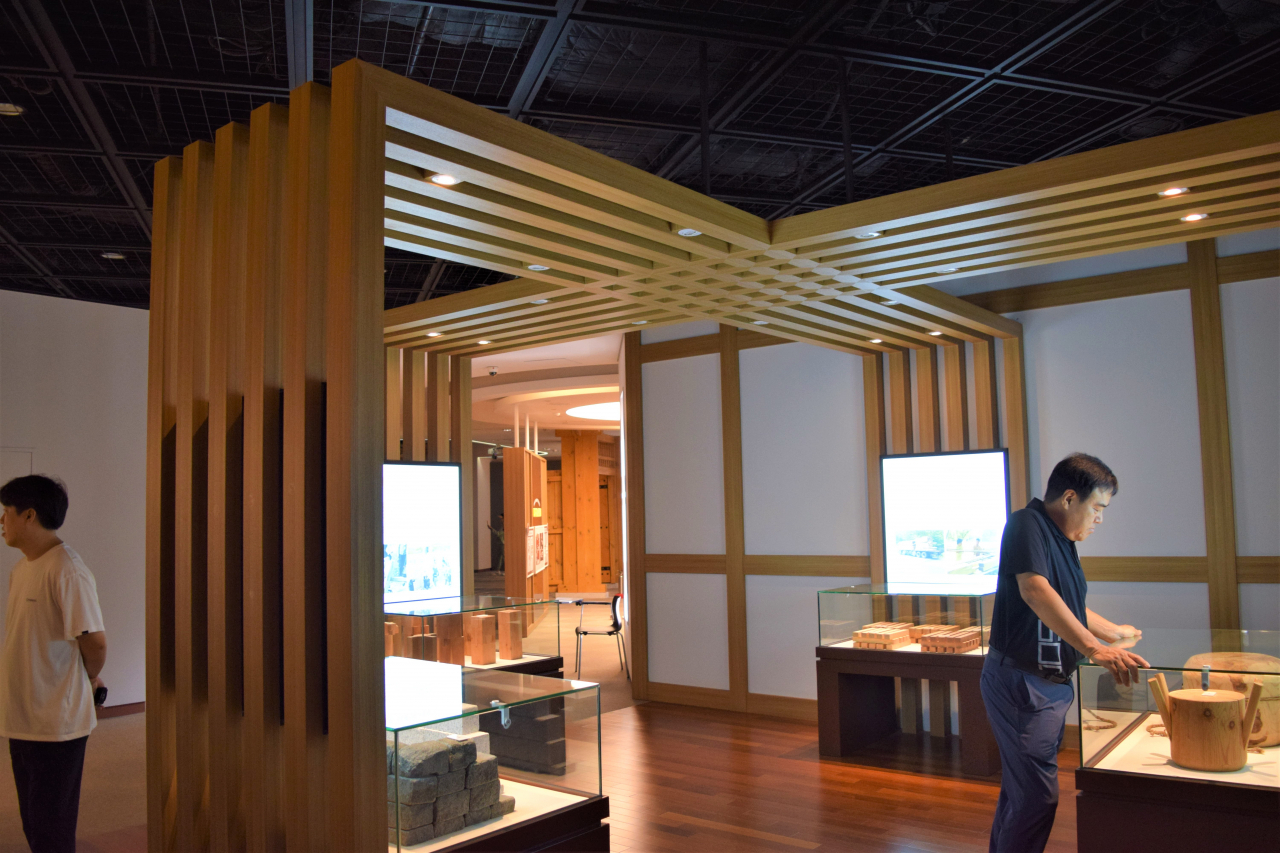
On the third floor an exhibition hall presents the ingenious designs, characteristics and building materials used in hanok, as well as the construction process.
Architecture in Korea has evolved from prehistoric earthen lodges to the sophisticated hanok of the Joseon era. Today, modern hanok embody efficiency and convenience, while embracing eco-friendly materials and sustainable housing practices.
The museum also displays a fascinating array of roof tile figures, showcasing the artistic and symbolic elements that adorned traditional wooden buildings during different periods.
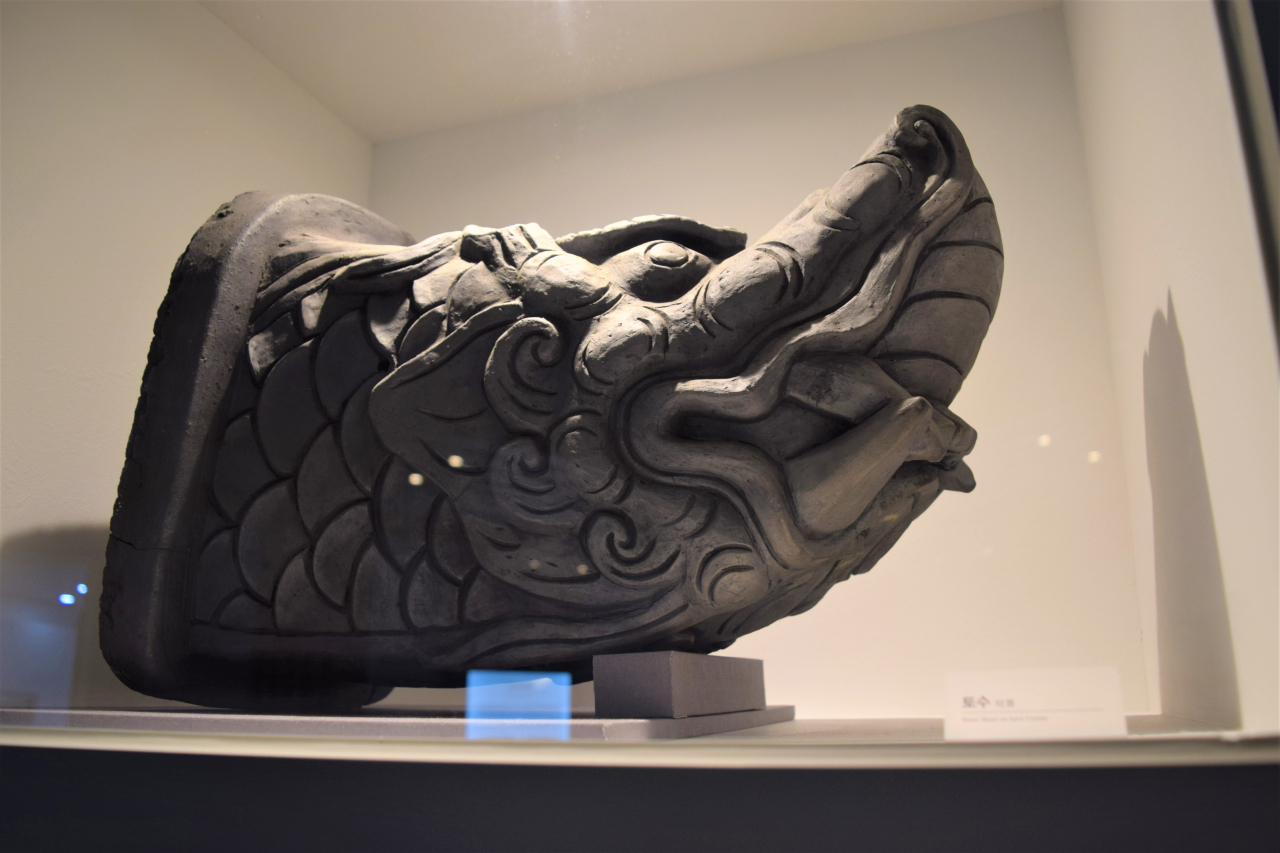
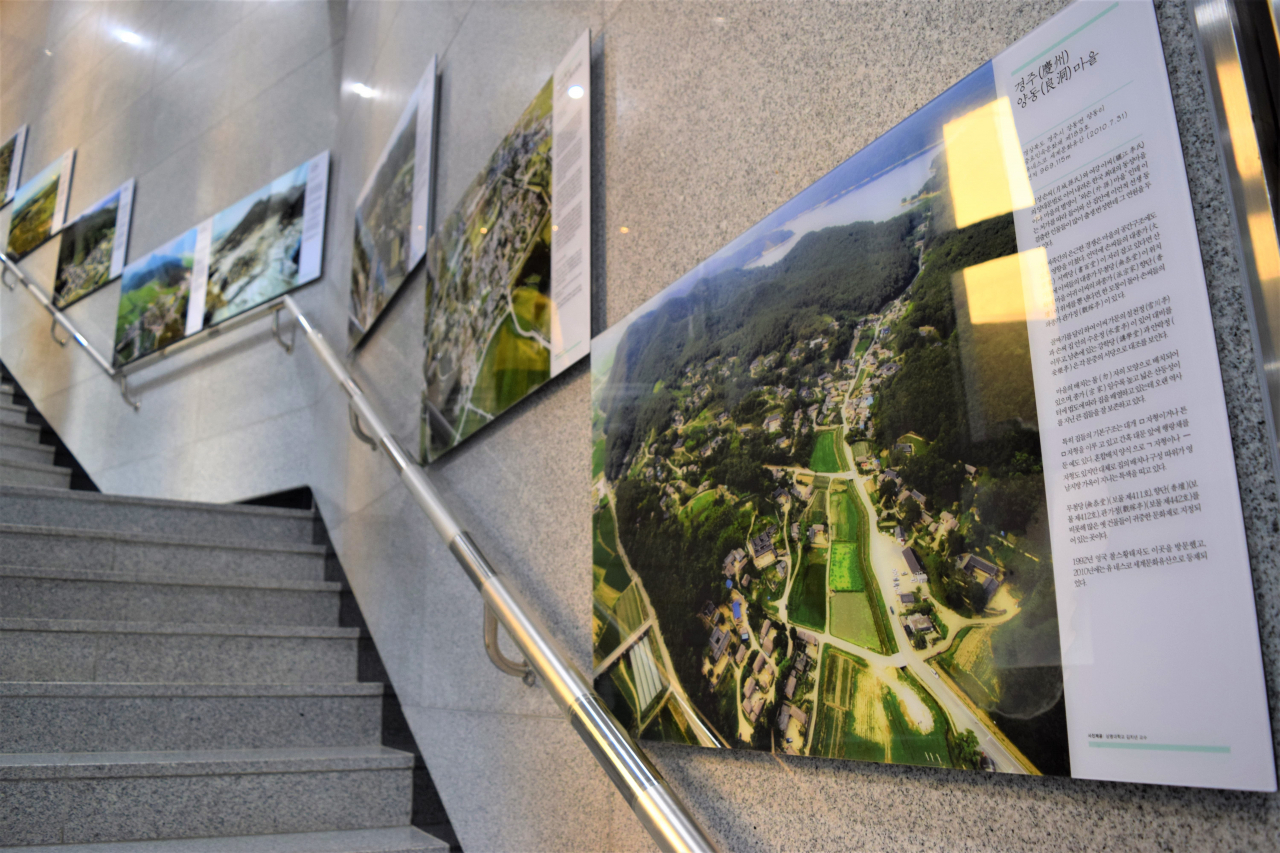
Shin Eung-soo, a master carpenter specializing in the design and construction of Korea's traditional wooden architecture, donated 12 different tools used in building hanok to the museum. The tools exhibited are accompanied by explanations of their usage, with video clips demonstrating their use.
Another intriguing exhibit at the museum consists of roof tiles of various figures, showcasing the artistic and symbolic adornments of traditional wooden buildings.
A mask dance exhibition on the second floor has on display colorful Korean masks, known as tal, which are used in traditional mask dance performances. The mini exhibition focuses on Sandaenori, a mask dance that originated in the nearby Gupabal area during the Joseon era, through music, photos and videos.
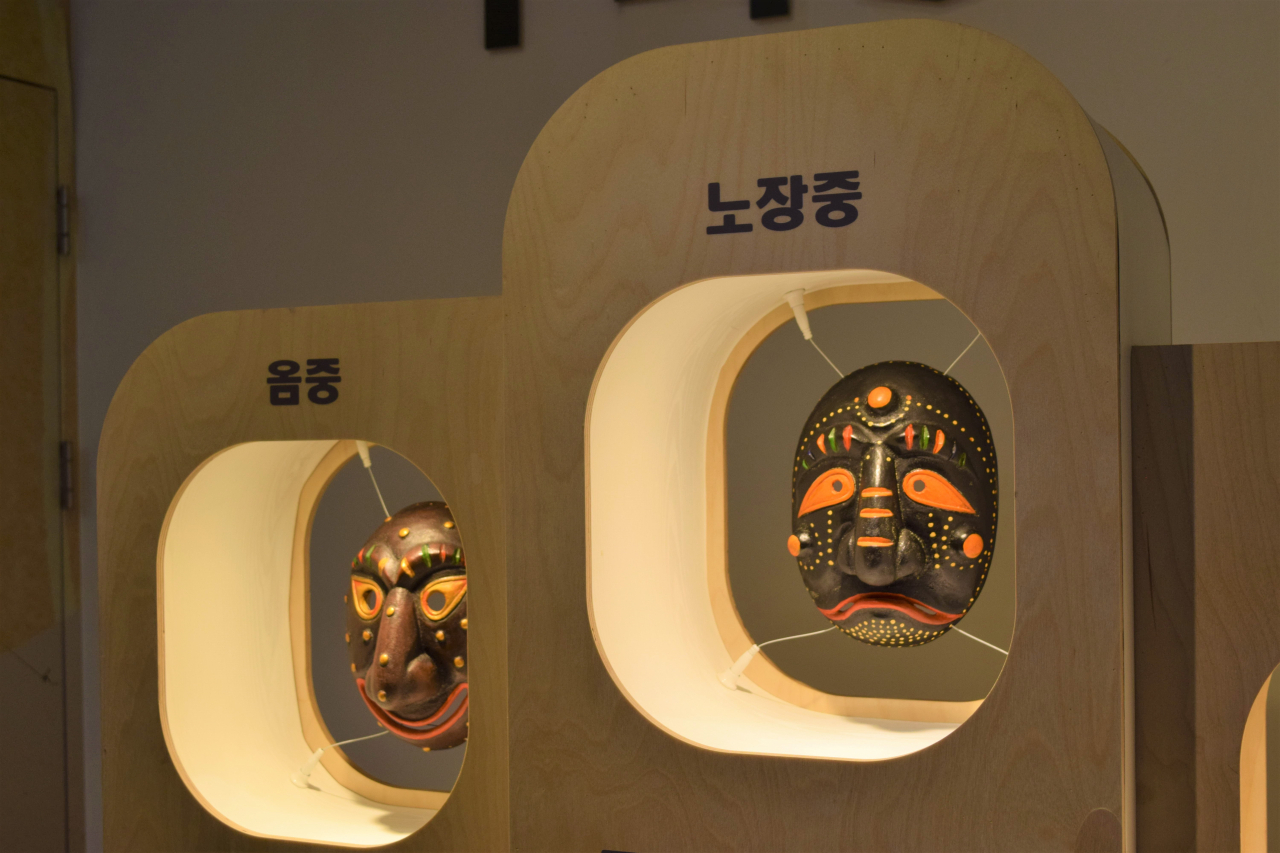
The museum holds about 7,500 items related to the history and cultural heritage of Eunpyeong-gu.
The main exhibition on the second floor starts with the area during the Joseon era. It was a crucial point of connection between Hanyang -- as Seoul was then known -- and Kaesong, a major city in today's North Korea. The exhibition sheds light on the area's historical significance, including the traffic routes and cultural exchanges that defined the region.
During the Joseon era, burying the dead in Hanyang or within 4 kilometers of its fortress walls was forbidden. As Eunpyeong was situated just beyond this restricted zone, the area became a popular burial site. Recently, some 5,000 graves were excavated at the site designated for Eunpyeong New Town, a redevelopment project. The first floor presents various burial artifacts.
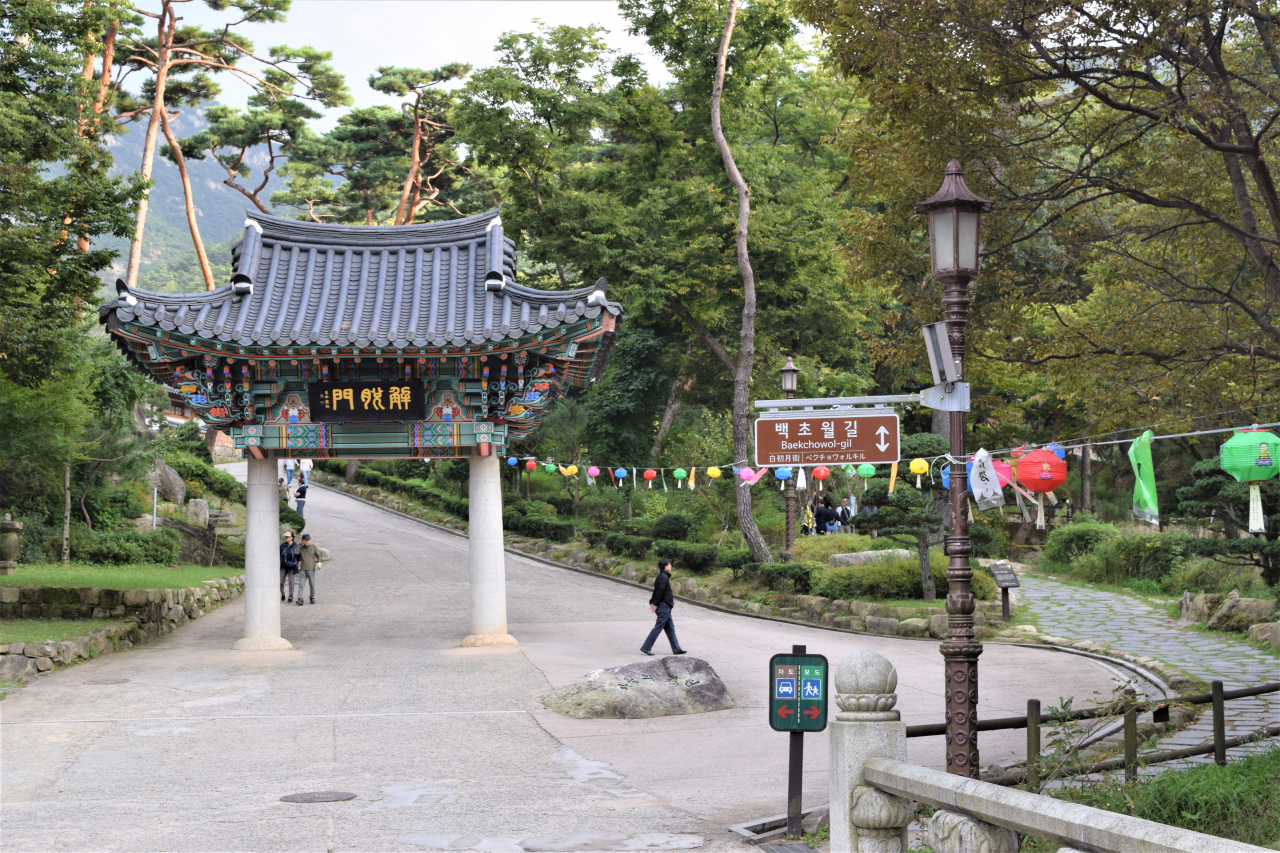
After visiting the museum, take a leisurely walk to the Jingwansa, about 20 minutes north toward Bukhansan. Jingwansa, located in the west of the city, is deemed one of the four major temples of Seoul in the cardinal directions, along with Bulamsa, Sammaksa and Seunggasa.
Originally known as Sinhyeolsa, the temple was reestablished during the reign of Hyeonjong (992-1031) of the Goryeo Kingdom, in honor of the Buddhist monk Jingwan, who had saved the king's life. As detailed in the museum's exhibition, the temple later served as a vital base for the Korean independence movement during the Japanese colonial era (1910-45).
Although the temple was destroyed during the 1950-53 Korean War, it has been meticulously restored and rebuilt.
Visitors can conclude the visit with a taste of Korean tradition at a nearby hanok cafe just across from the museum, savoring traditional tea and rice cakes.
The museum is open from 9 a.m. to 6 p.m.. It is closed Mondays.
The admission fee is 1,000 won for adults and 500 won for youths.
This is the fifth article in a series that introduces a variety of unique museums that focus on a diverse range of themes, from art and science to history and technology. — Ed.



















![[Today’s K-pop] Treasure to publish magazine for debut anniversary](http://res.heraldm.com/phpwas/restmb_idxmake.php?idx=642&simg=/content/image/2024/07/26/20240726050551_0.jpg&u=)